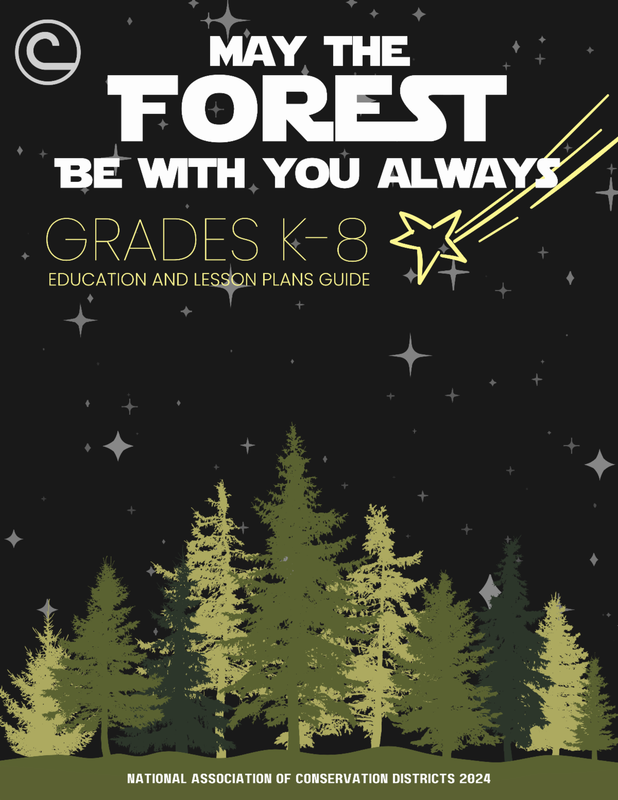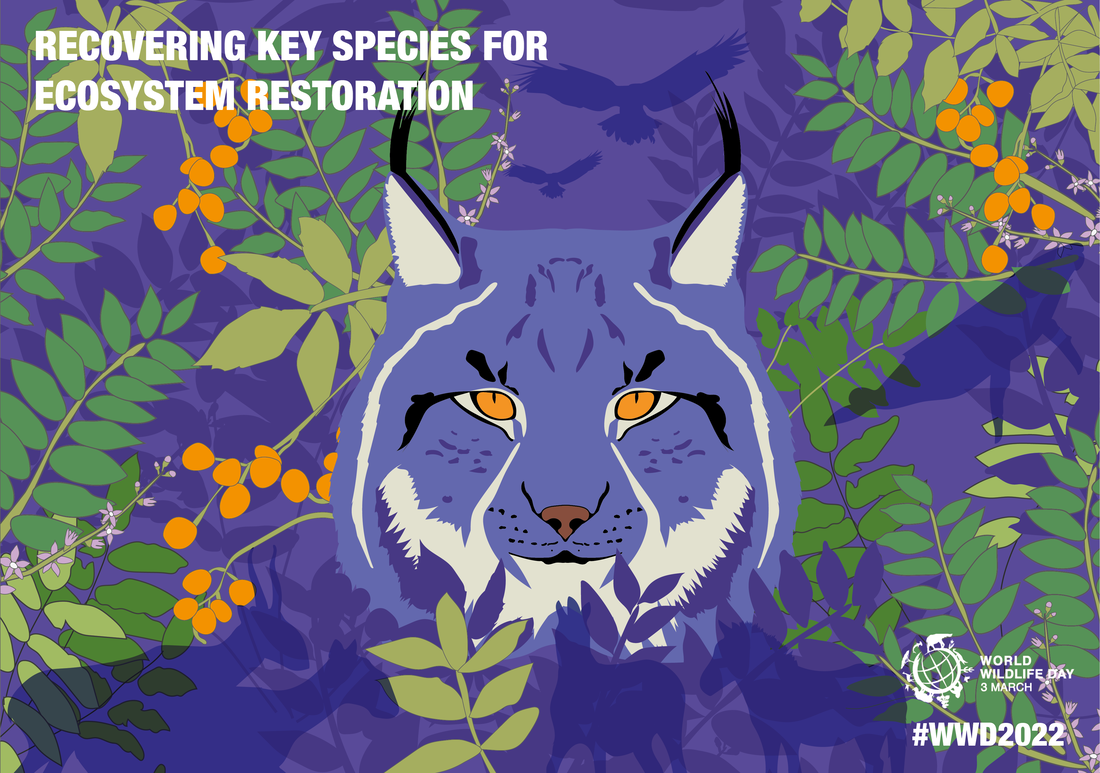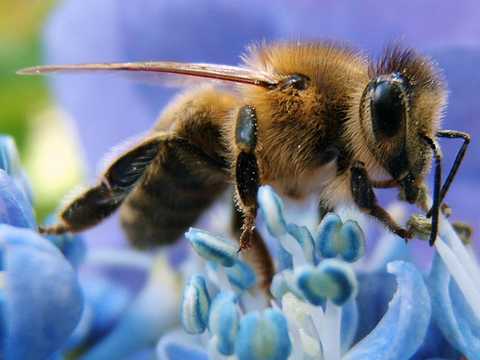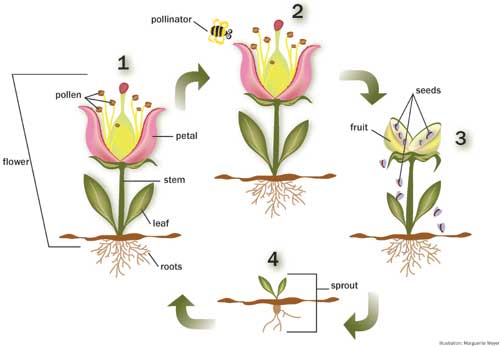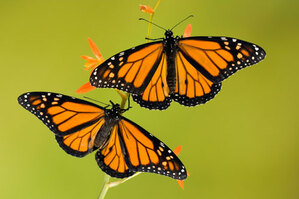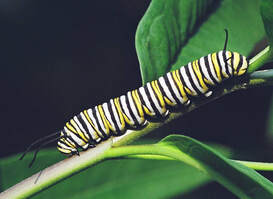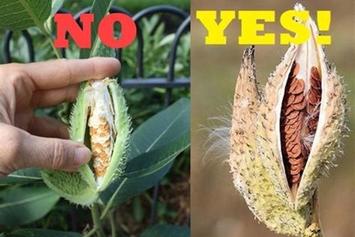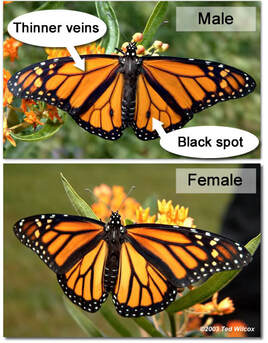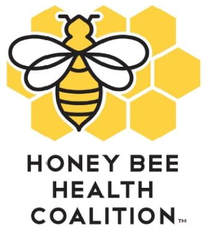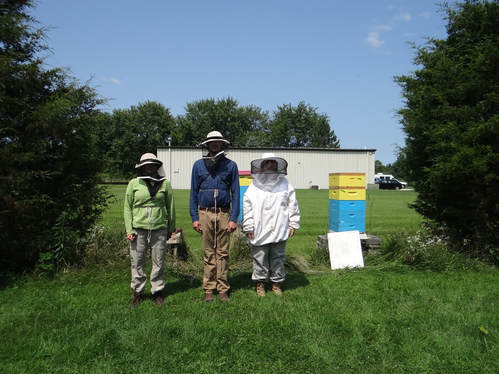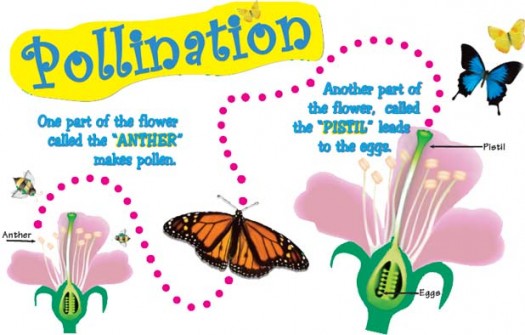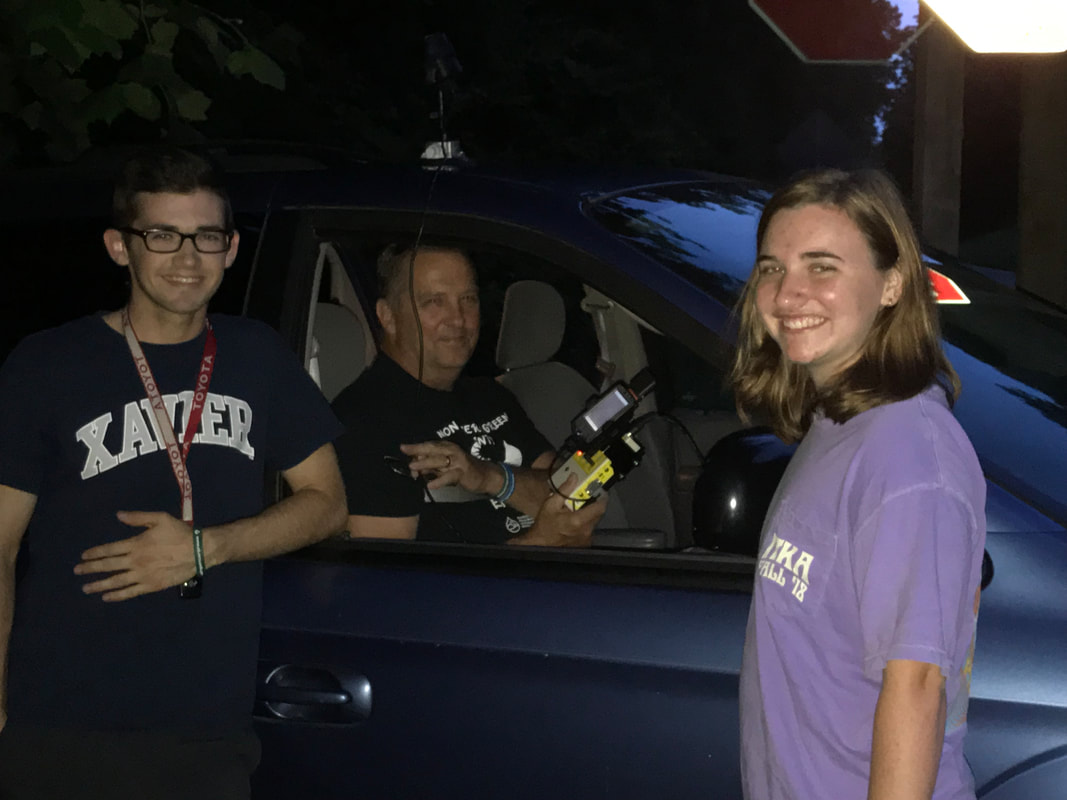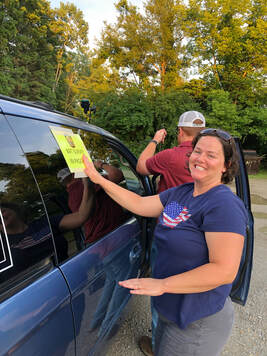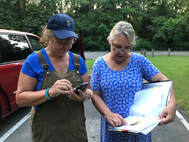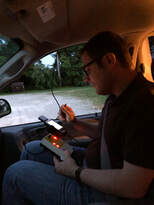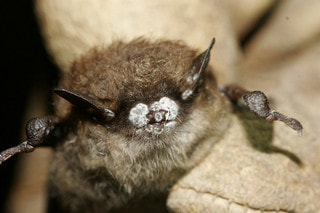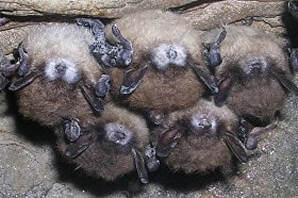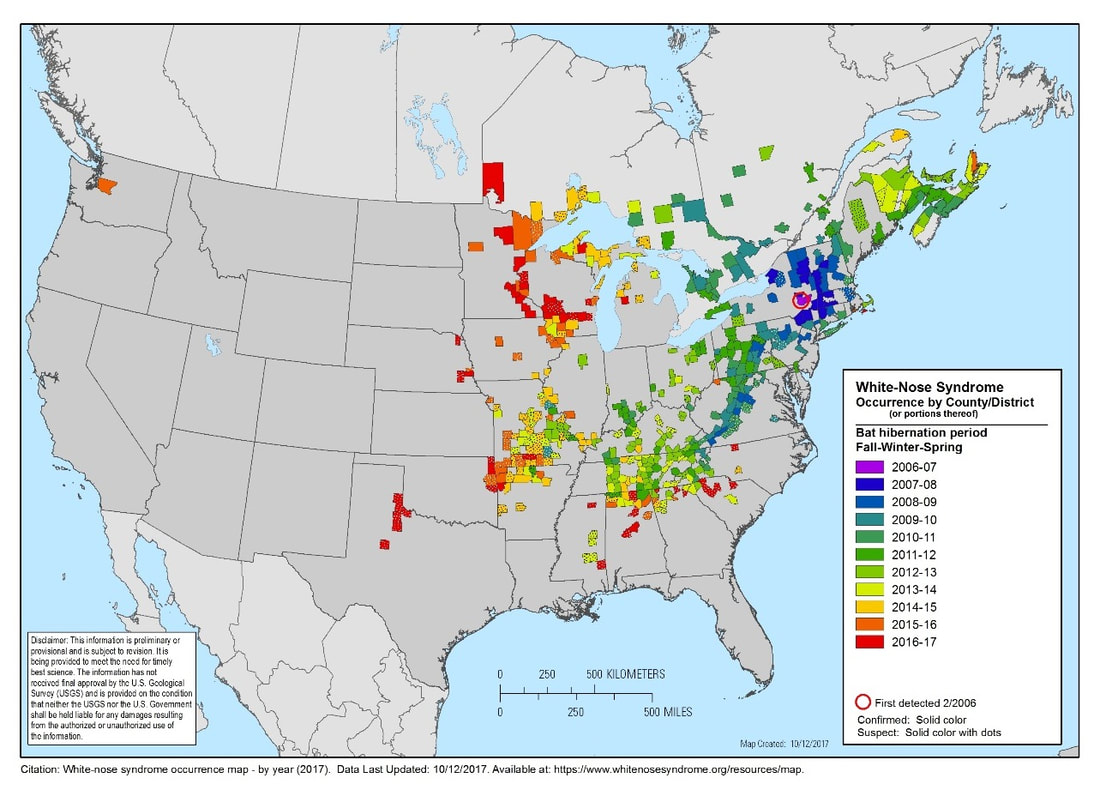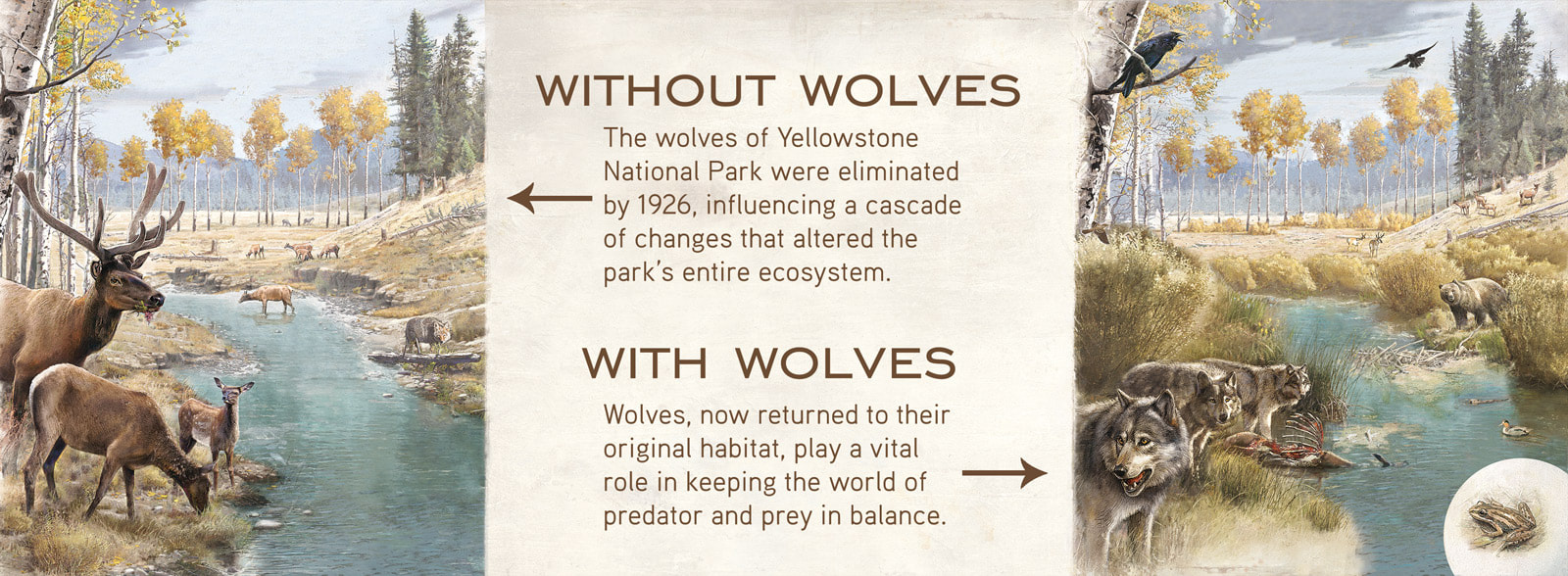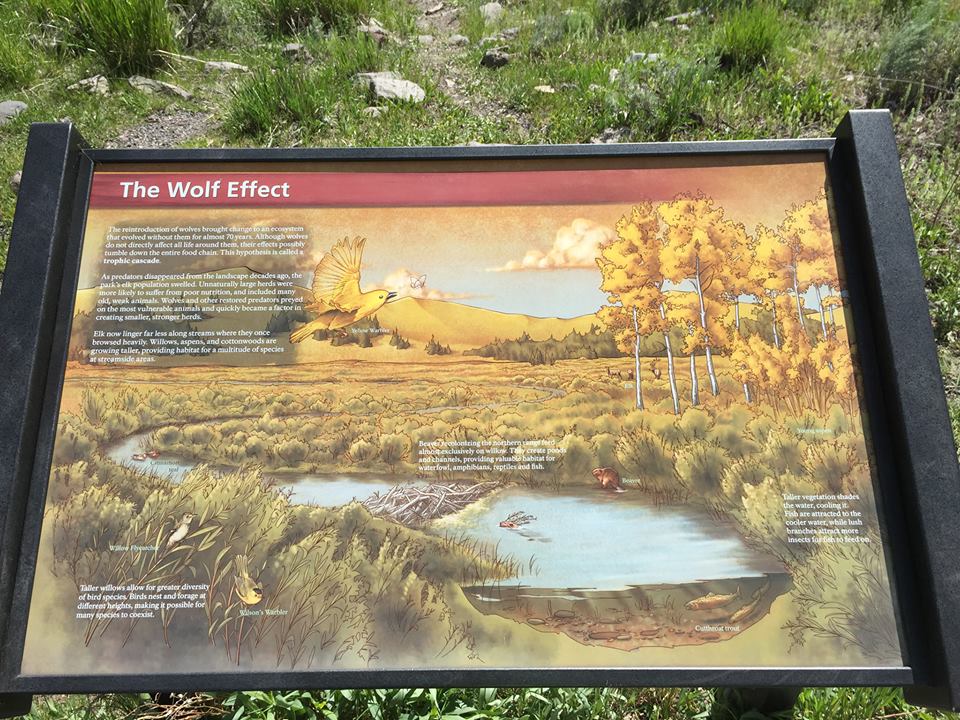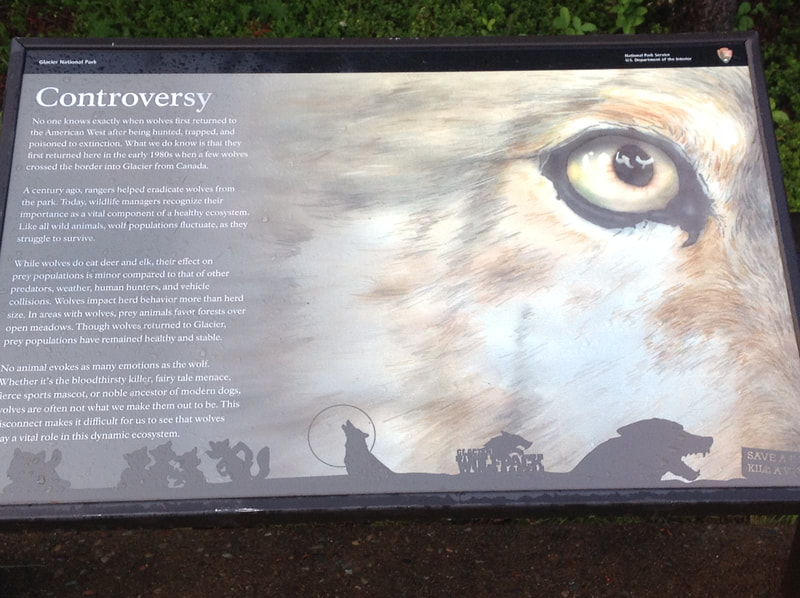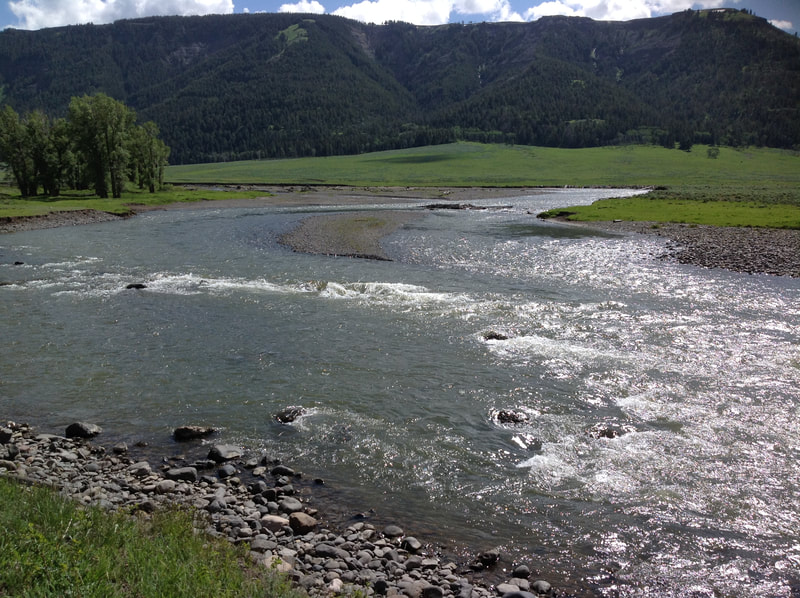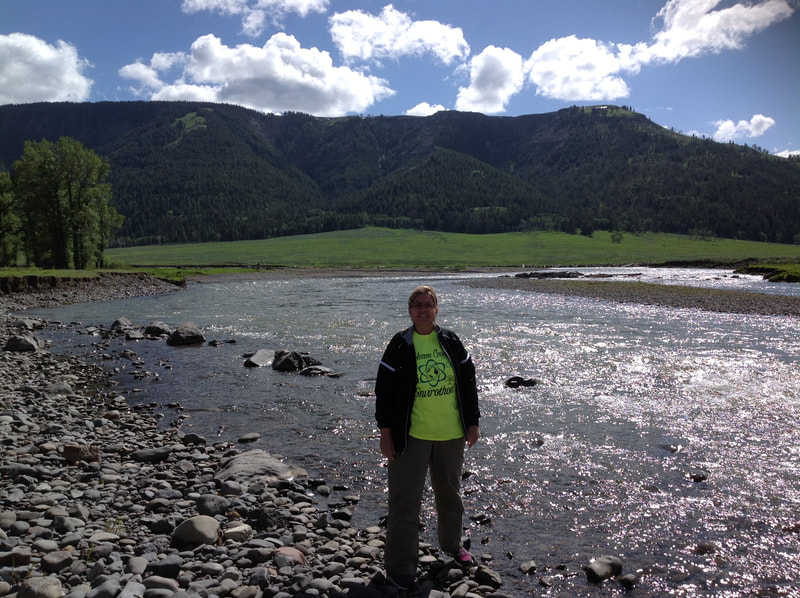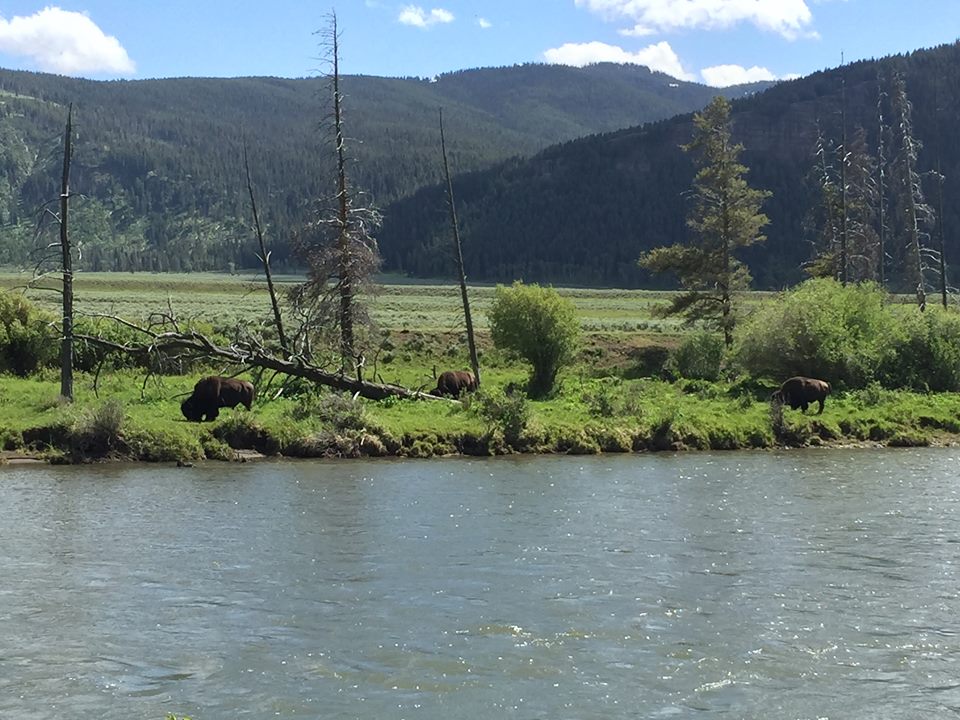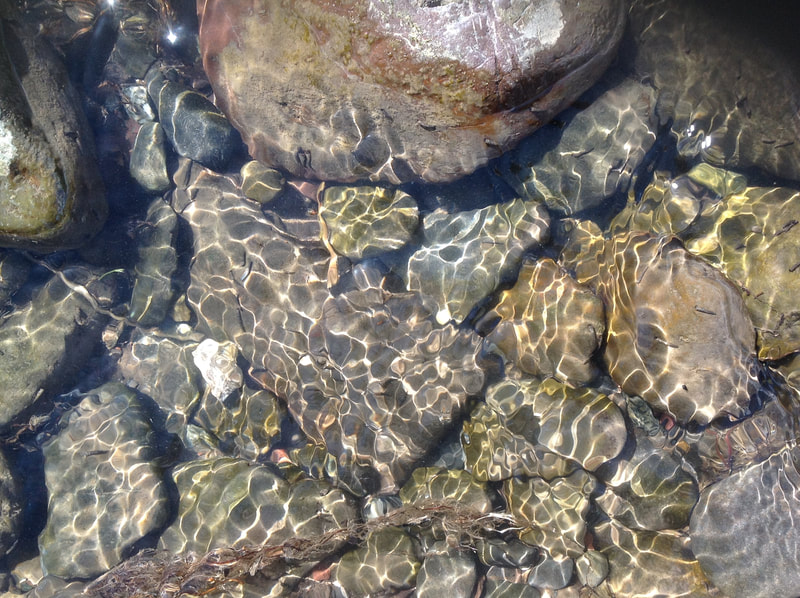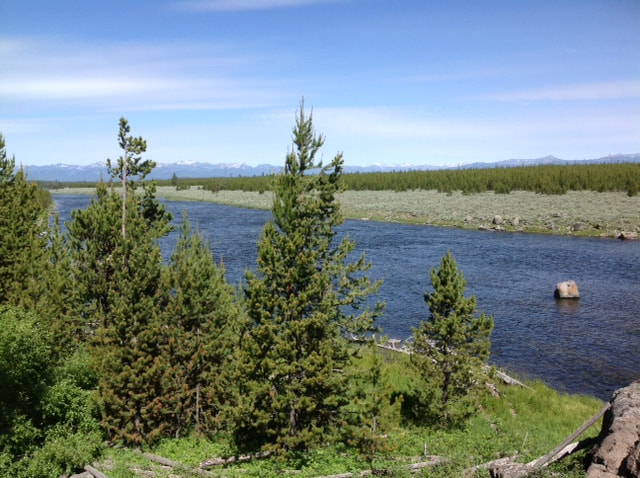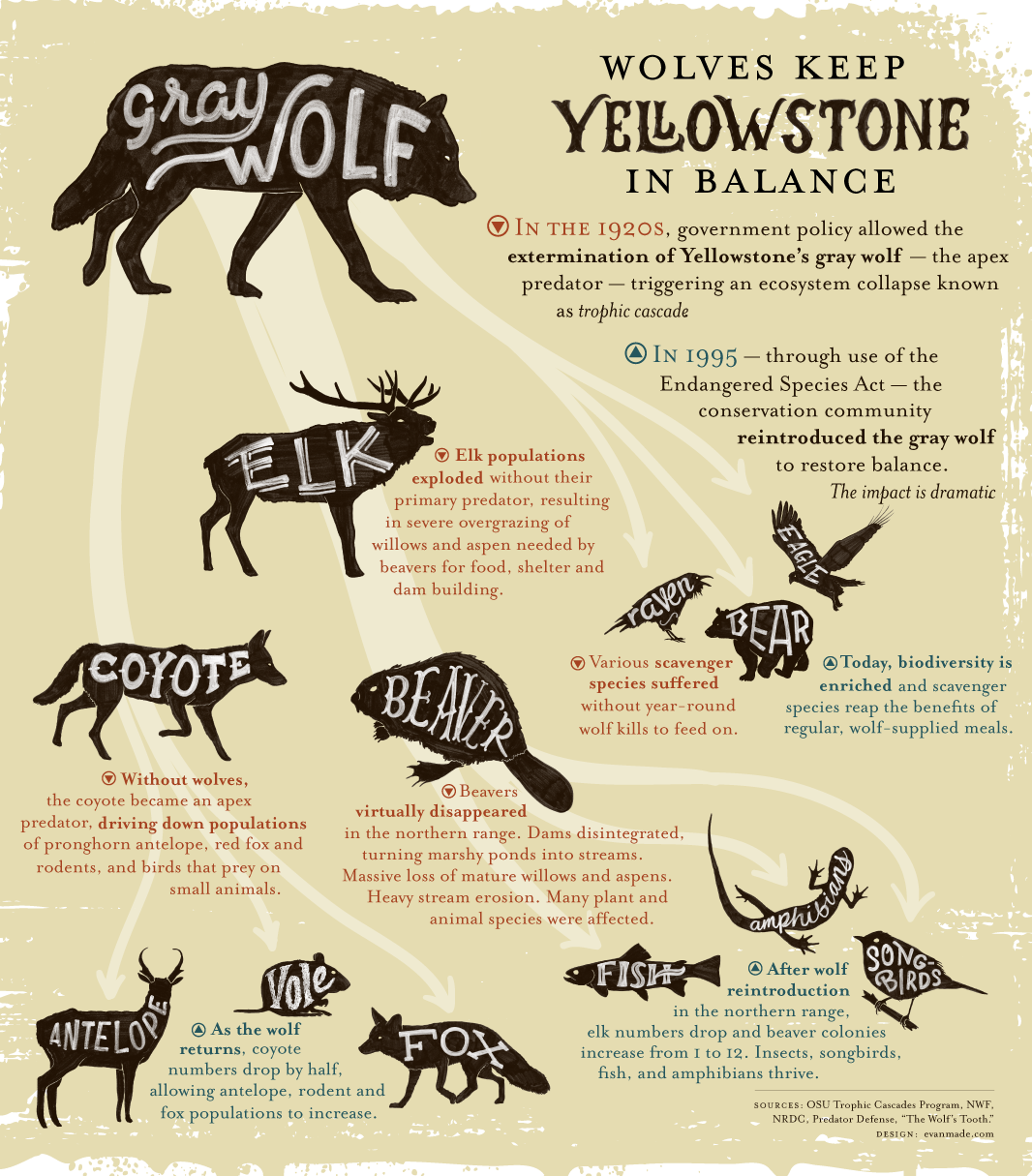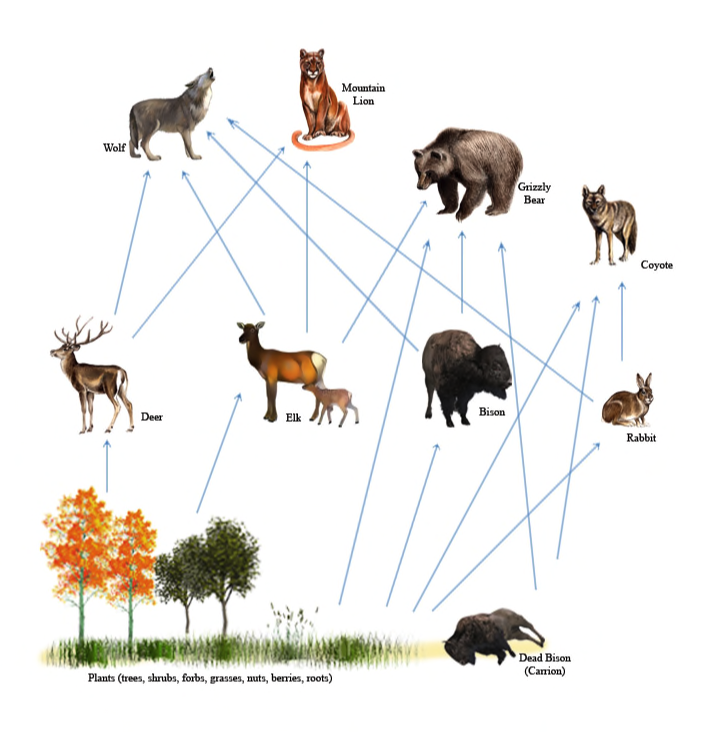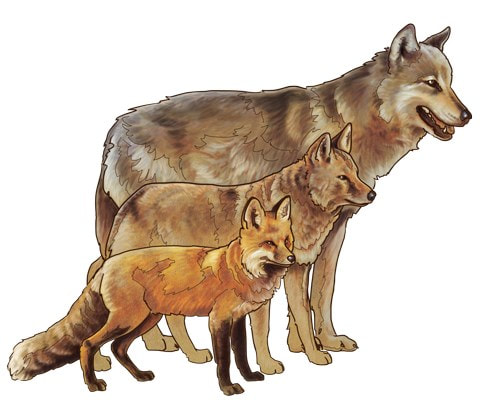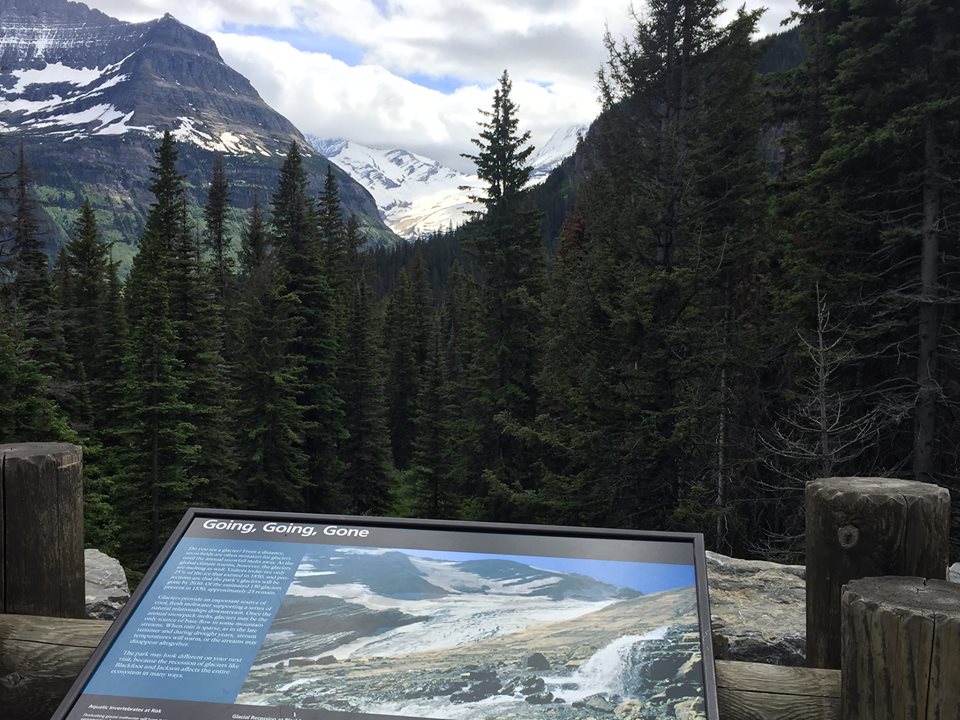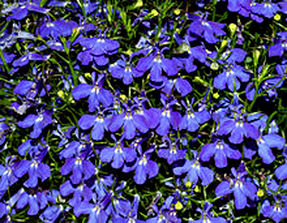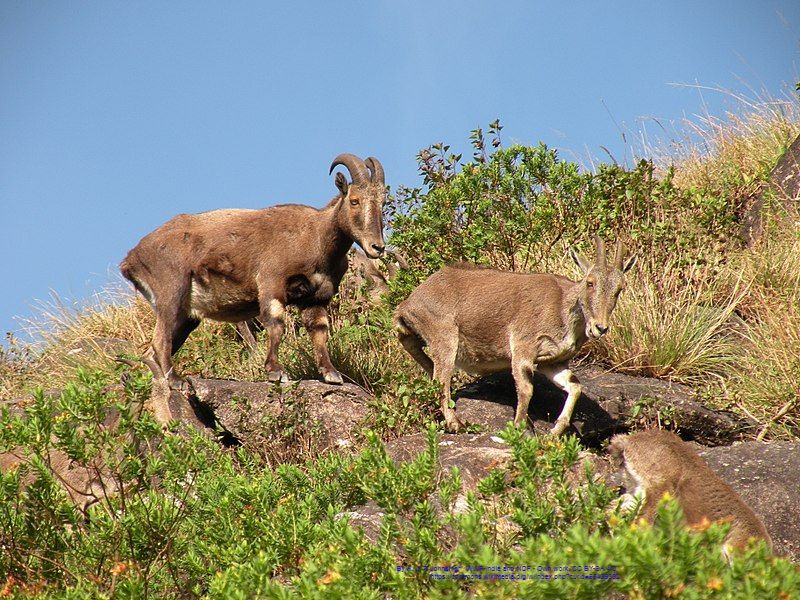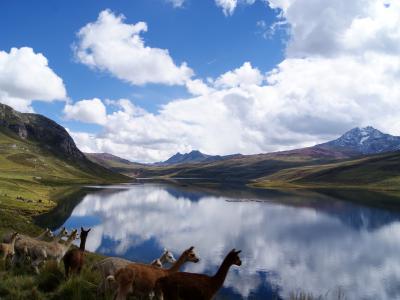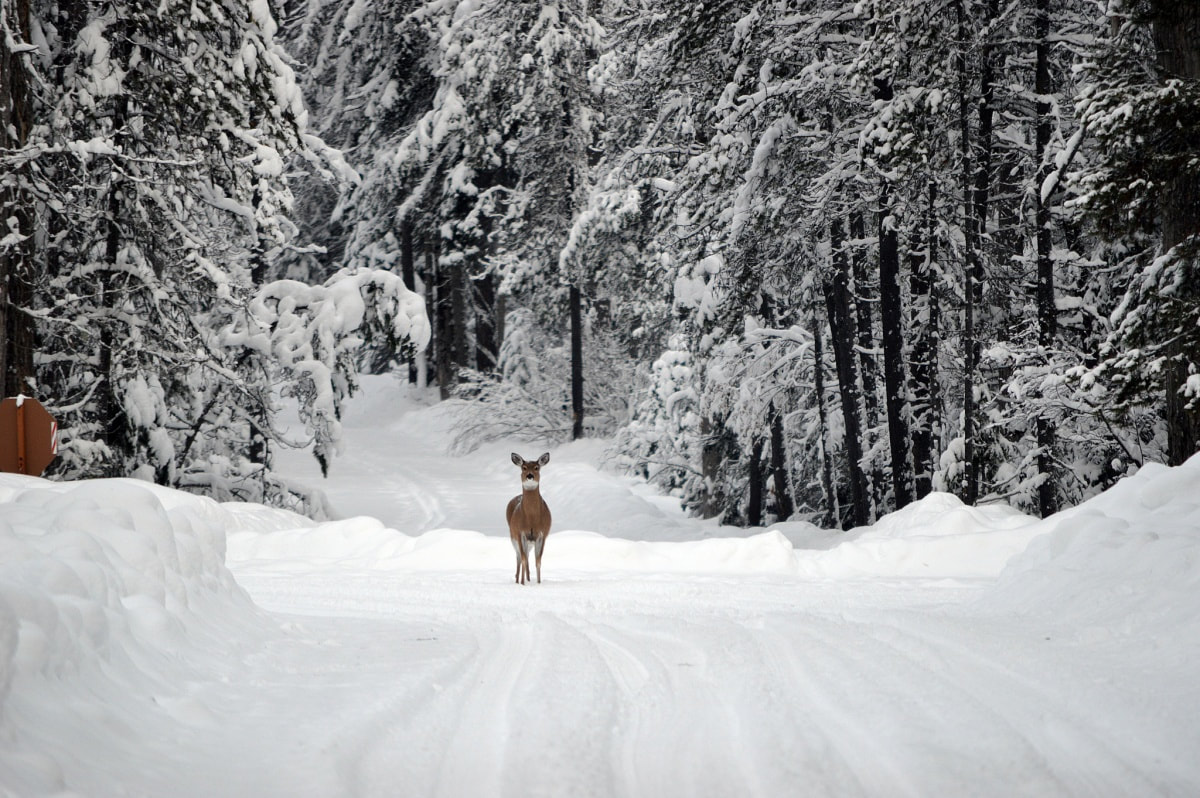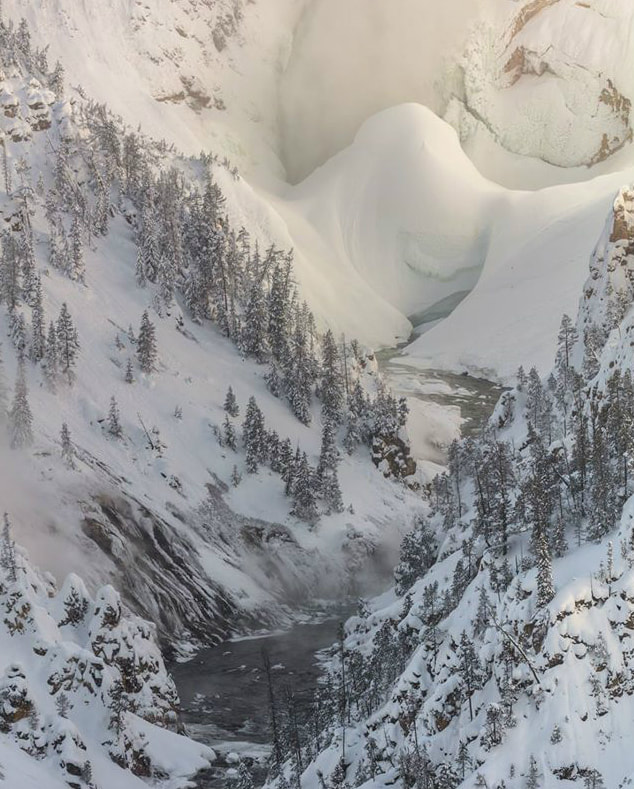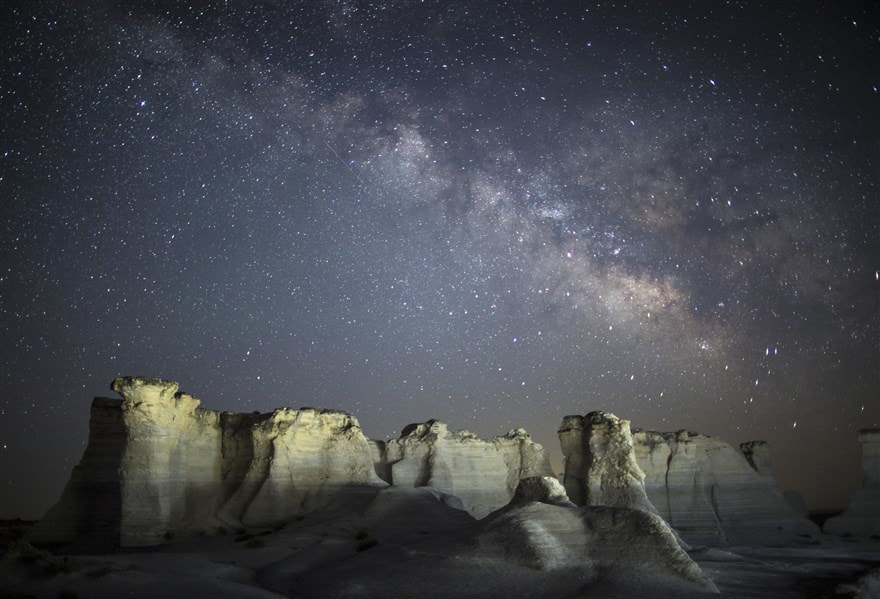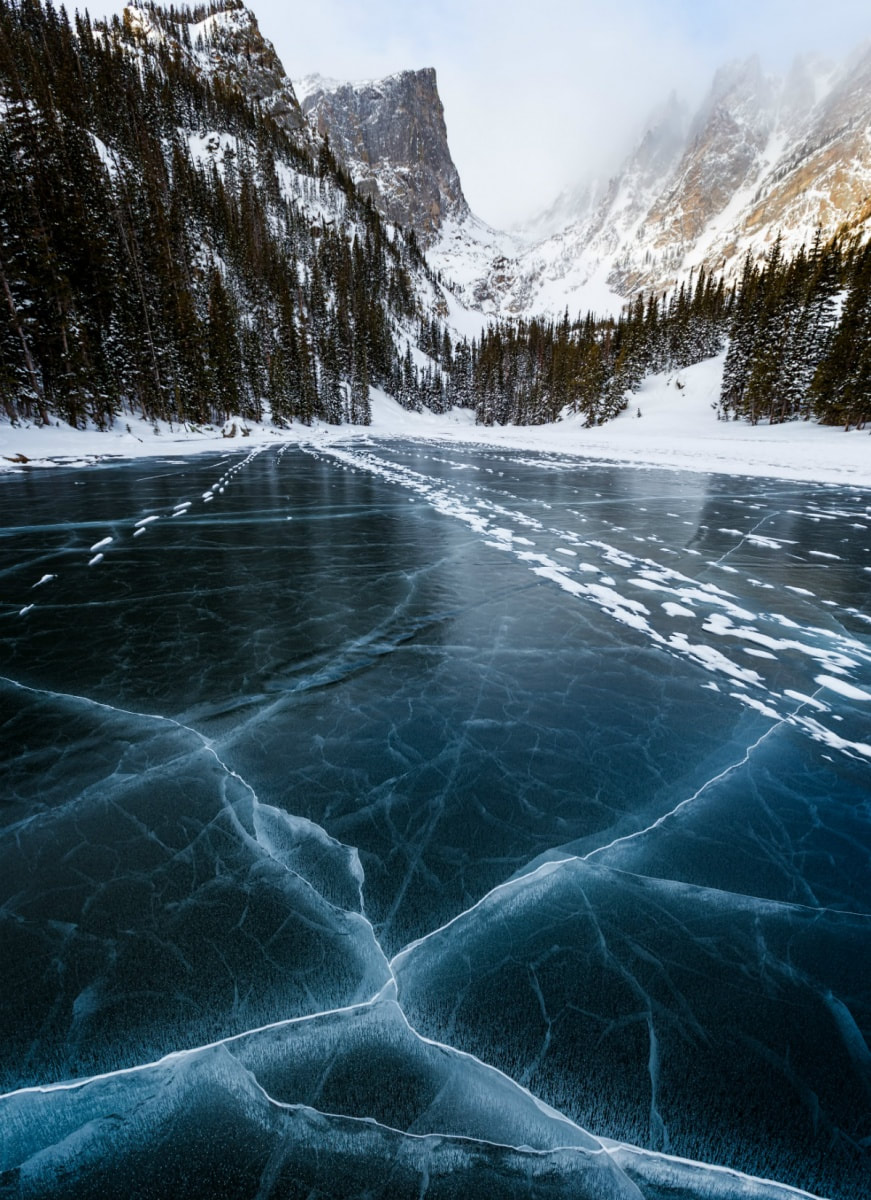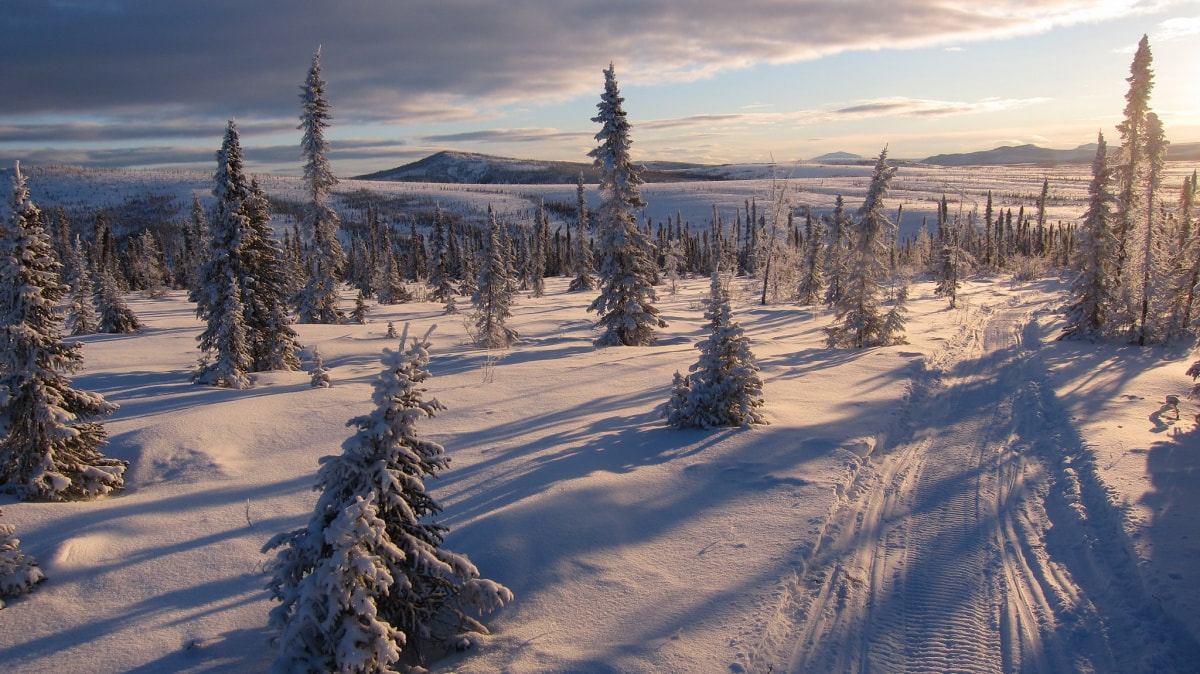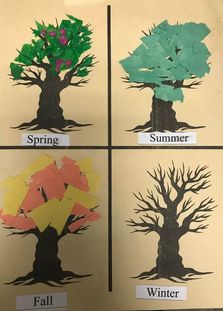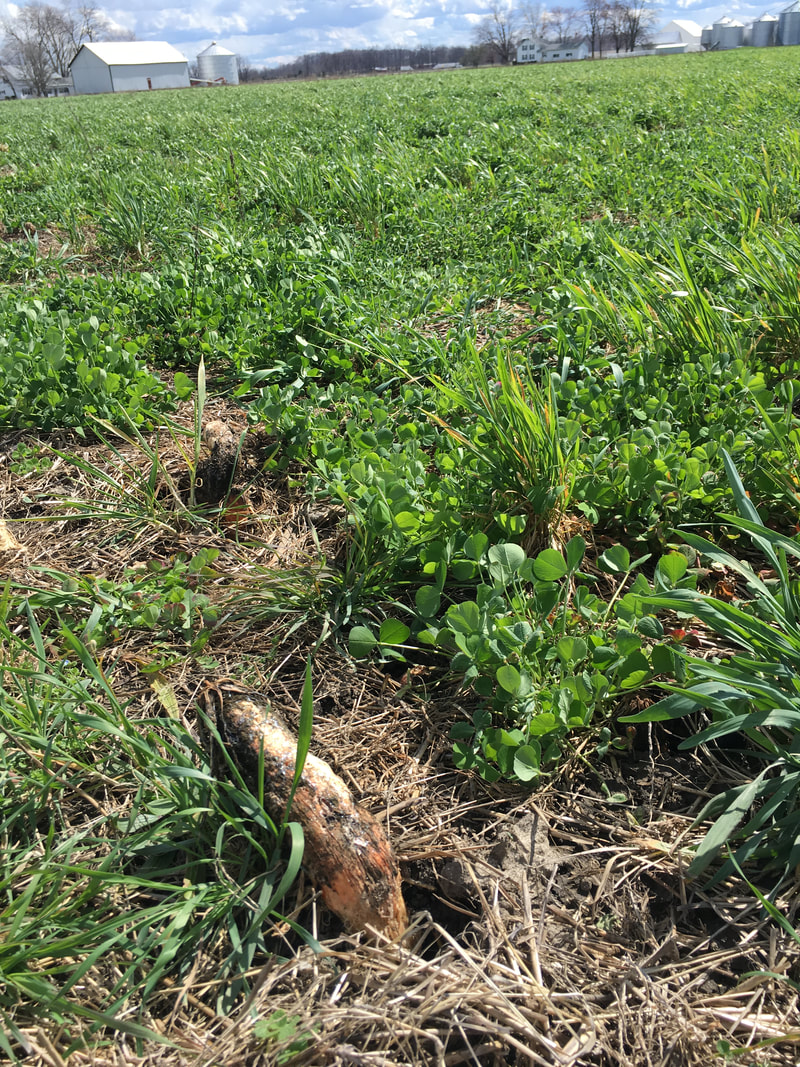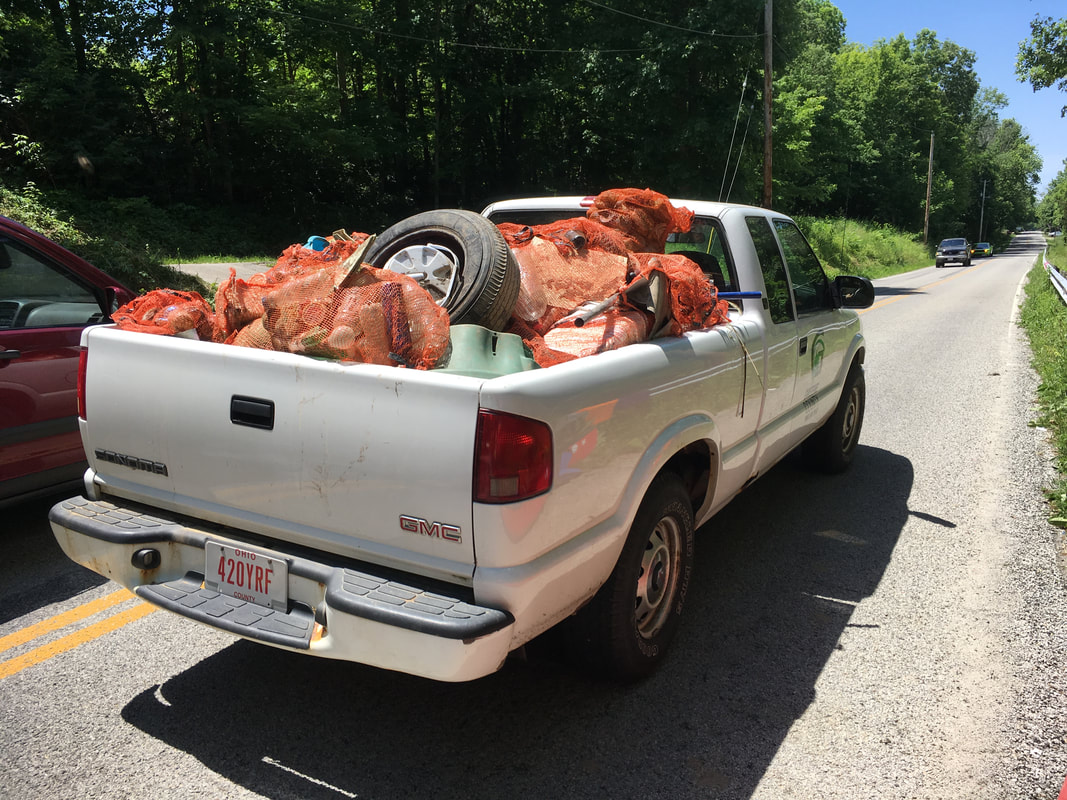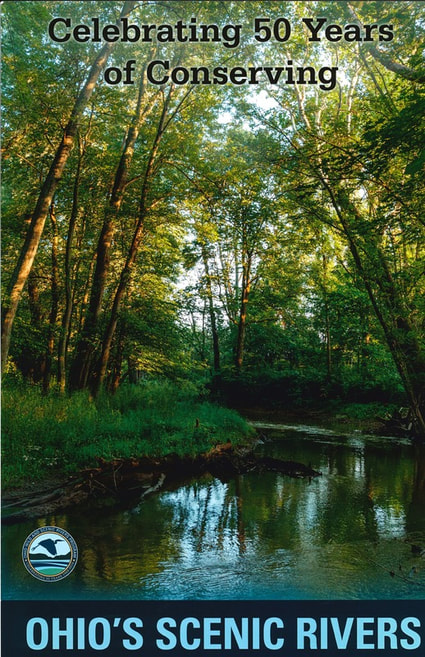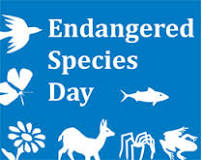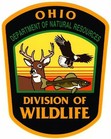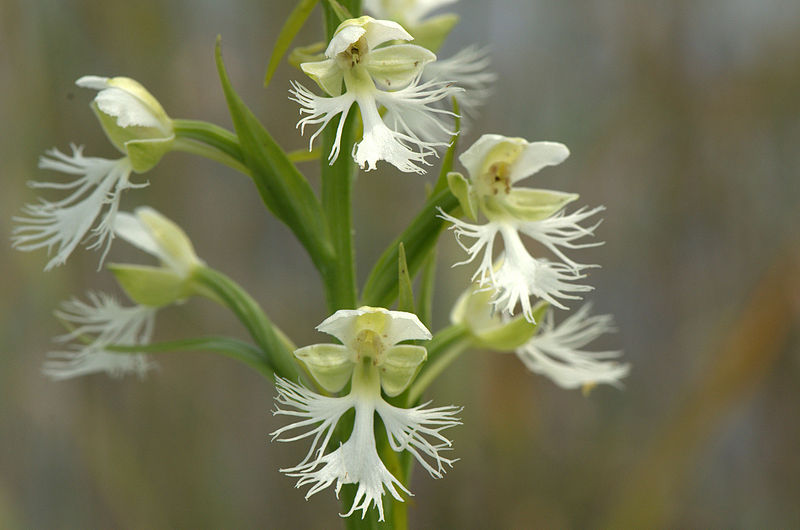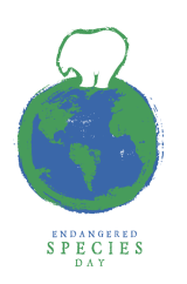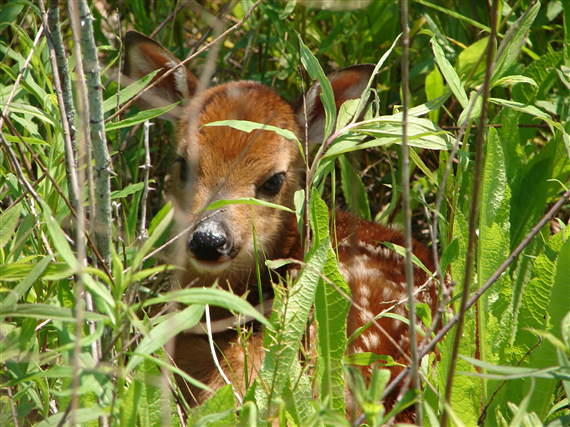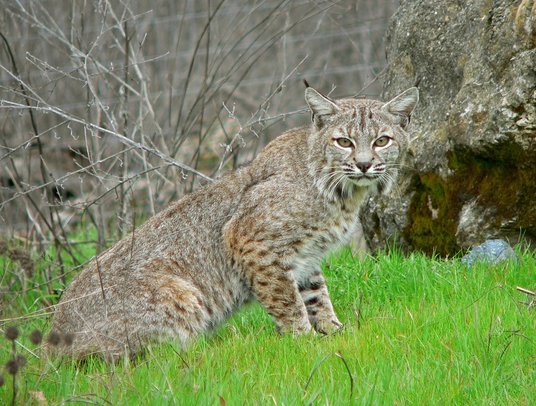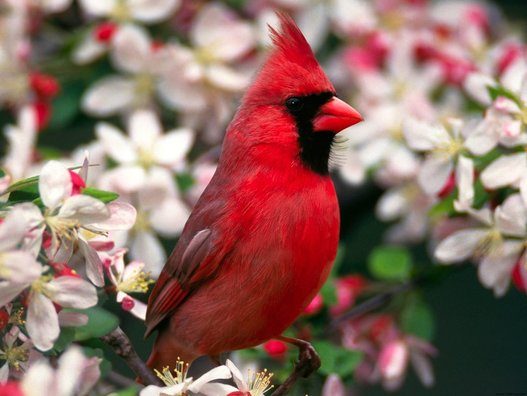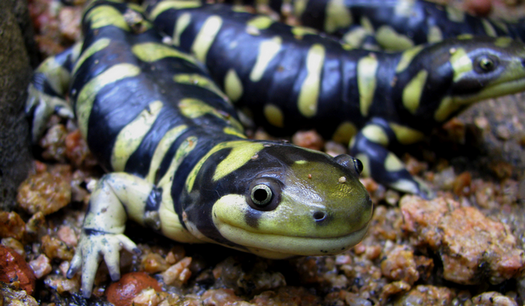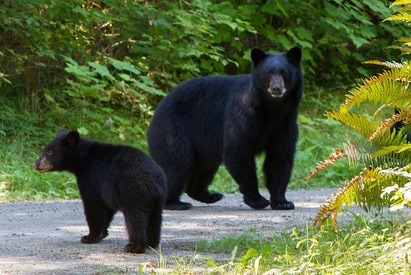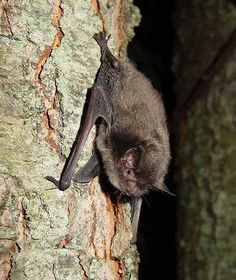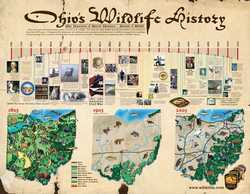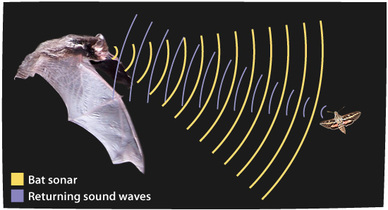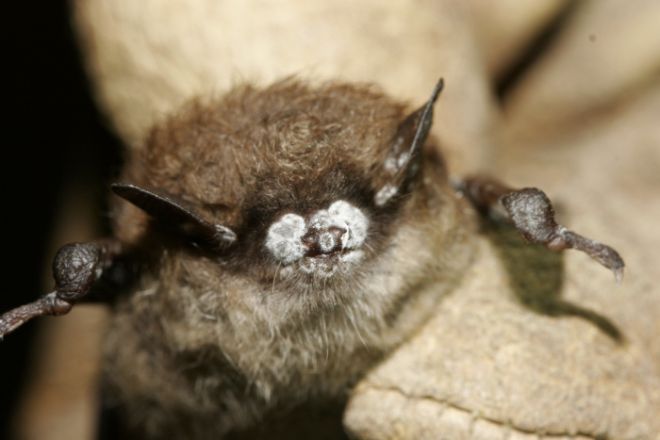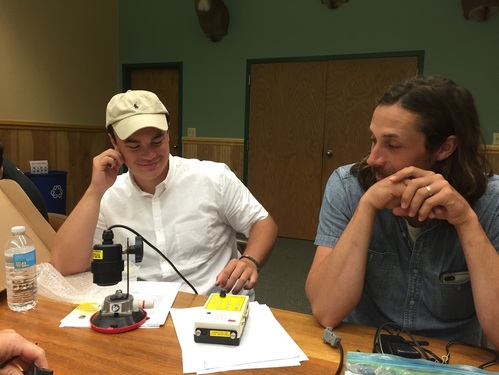|
In a galaxy far, far away students are returning to the classroom and educators are on the look out for excellent environmental science materials to share with them. Well educators, look no further! (Well, at least stop here for some great resources!) The National Association of Conservation Districts (NACD) has released its 2024 National Stewardship Week materials and they are out of this world. The theme revolves around the topic of forestry and these educator materials will assist in curriculum planning and support. NACD describes the materials as having "hands-on-learning and experience-based activities for K-8 grades all in a single guide with comprehensive background material, easy instructional resources, and suggestions for modification to include all students. There are also accompanying student journal resources for extending the learning experience. " And don't forget that our education staff is available to present programs and loan education materials to local Warren County educators. We have several tree-rific resources from Project Learning Tree we can share including the Tree Factory, hands-on biofacts like tree cookies, leaves and seeds, and Climate Change, Forest Change, and Tree Ring Analysis Discovery Kits. Contact us at 513.695.1337 to learn more. May the Forest Be with You!
2 Comments
2/28/2022 Recovering key species for ecosystem restoration- World Wildlife Day March 3, 2022Read Now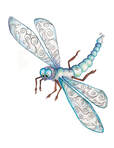 World Wildlife Day is observed on March 3rd each year to celebrate and raise awareness about the flora and fauna around the globe! The United Nations selected this date as it corresponds with the signing of the Convention on International Trade in Endangered Species of Wild Fauna and Flora (CITES) in 1973. CITES is one of the world's most powerful tools for wildlife conservation the world community has because it regulates the international trade of over 38,000 species of wild animals and plants to ensure that international trade in such species is sustainable, legal and traceable. Additionally that trade should contribute to both the livelihoods of the communities that live closest to them and to national economies for a healthy planet and the prosperity of the people in support of UN Sustainable Development Goals. This year's theme for WWD is "Recovering key species for ecosystem restoration". Each species plays a vital role in its ecosystem, and when one of those species is lost it can trigger a cascading effect. And with more and more organisms being pushed to the brink of extinction, we risk these cascades increasing. According to the International Union of Conservation of Nature's Red List of Endangered Species, over 30,000 species are endangered or vulnerable with another 8,400 species listed as critically endangered. Continued loss of these species and degradation of ecosystems is a threat to people around the world that rely on wildlife and biodiversity-based resources to meet their needs Dagmar the Dragonfly wants you to know what Ohio is doing to protect its vulnerable wildlife populations, like the 13 species of endangered dragonflies! In Ohio, the Division of Wildlife uses six categories of classification for wildlife status in the state:
By assessing and tracking these species we can take the best steps to conserve their populations and habitat to protect them from further decline. Want to know which animals are endangered in Ohio? Learn more from the US Fish and Wildlife Service and the Ohio Division of Wildlife by clicking the buttons below!
"Believe it or not, you have a bee to thank
for every one in three bites of food you eat."
Each day, pollinators are responsible for 1 out of 3 bites of food we intake on average. Many pollinators are at a critical point in their own survival; there are various reasons contributing to their decline. One thing is for certain, providing more pollen and nectar sources from native flowering vegetation will improve the health and numbers of our pollinators. Pollinator-friendly gardens and landscapes also revive the health of bees, butterflies, moths, birds, bats and other pollinators.
What is the Million Pollinator Garden Challenge (MPGC)?
The Million Pollinator Garden Challenge is a nationwide call to action to preserve and create gardens and landscapes that help revive the health of bees, butterflies, birds, bats and other pollinators across America. As we explore and enjoy the "great outdoors", take time to make connections between pollinators and the healthy food we eat. http://millionpollinatorgardens.org/partners/
Annual Milkweed Pod Collection:
September 1st and goes until October 30th (pods accepted thru November 1st)
The Ohio Pollinator Habitat Initiative is calling on all Ohioans for another year of Milkweed pod collections! This project started in 2015 as a 7 county pilot and since that time hundreds of Ohioans have worked together collecting thousands of pods across the state.
Milkweed is the host plant for the Monarch butterfly for egg laying and caterpillar rearing. It also serves as a food source for Monarchs and many other pollinator species. . The disappearance of milkweed across the U.S. has contributed to the 80% decline of the eastern monarch butterfly population over the last 20 years. We are working hard in Ohio to change this, and you can help! Here are helpful and simple collection tips: • Before you collect seed pods, become familiar with the common milkweed to avoid harvesting pods from similar plants such as hemp dogbane (a poisonous herb) or swamp milkweed. • It is best to collect the pods when they are dry, grey, or brown. THIS is IMPORTANT! Pod collection starts Sept 1 and runs through Oct 31… please use September as the benchmark time to locate milkweed plants and to keep an eye on the pods while they ripen; then pick them once they look like the picture shown below. • If the center seam pops with gentle pressure, they can be harvested. • Store the pods in paper bags (vs. plastic bags collect unwanted moisture). • Place the date and county collected on the bag when you turn them in. • Keep the pods in a cool, dry area until you deliver them to the nearest collection site as with Warren County Soil and Water Conservation District located in Lebanon, Ohio or you can find the nearest collection site at: www.agri.ohio.gov/wps/portal/gov/oda/divisions/soil-and-water-conservation/find-a-local-swcd/swcd-list
Numerous pollinator species are at risk; many are listed as federally endangered or threatened. Disturbances such as habitat loss, climate change and application of pesticides contribute greatly to diminishing populations and disrupting ecological interactions.
Become a Bee Spotter...The Cincinnati Zoo has teamed up with Bee Spotter to learn more about the bees in the greater Cincinnati area, and we need your help! Simply snap pictures of bees that you see and submit it with a date and location to beespotter.org/cincinnatizoo. An expert will identify the species and add it to the database.
Native & Local Plant Sale:
Visit the Zoo’s EcOhio Farm and Wetland in Warren County, Saturday September 29th, 2019
Learn more about native local plants and about the group "Pollen Nation" that supports pollinator conservation. Multiple beehives on EcOhio Farm are home to thousands of honeybees that help pollinate the entire ecosystem. Observe honeybees up close through an observation frame, and learn how these busy creatures keep people, and their hives, fed.
EcOhio Farm is located at 2210 north Mason-Montgomery Road, Lebanon, OH 45036.
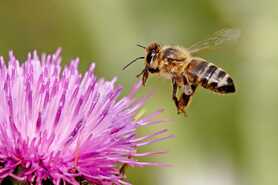
National Geographic - Honeybee Apis mellifera:
animals.nationalgeographic.com/animals/bugs/honeybee/
It's A Rap! Warren County Soil and Water Conservation District wishes to thank our Earth Team Volunteers, Staff, Interns, Partnerships and OCVN's for assisting with Bat Acoustic Surveys this past July. We will highlight some of our results at a "Tech Free Tuesday" Event held on August 6th at Landen Deerfield Park. Come learn about our beautiful, native bats, real bat biofacts and build a batty craft! These programs are FREE to the public! Programming starts at 10:00 am. Address: Deerfield Township 2258 W. St. Rt. 22/3, Maineville, Ohio 45039 What Bats Do For Us One of the most important things bats do for us is consume vast amounts of insects each night; many of these insects are damaging agriculture pests. In fact, pregnant or nursing mothers of certain bat species can consume their body weight in insects each night. Scientists estimate that throughout the United States bats help save farms $3.7 billion a year in reduced crop damage and pesticide use. Bats also save over $1 billion in the corn industry alone. Ohio's bats are "insectivores". Controlling the pest population is not the only thing bats do, they are also pollinators of certain plants and disperse seeds. "Bats are an important part of the ecosystem and do more for us than we even realize." - Sidney Thomson Acoustic Bat Survey photos from the Caesar Creek/Warren County route that also ventures into Clinton and Greene Counties. What You Can Do Warren County Soil and Water Conservation District partners with the Ohio Division of Wildlife (ODNR) to perform acoustic bat surveys in July; this is a perfect way for people to get involved in tracking populations of bats. In addition, ODNR trains others, county-wide, to perform bat monitoring surveys throughout Ohio. Look on ODNR's website for more information. Another great way to help bat populations is to build a bat house and count the number of bats that use the house. Being mindful and minimizing the disturbance of bat habitats or places that bats are known to hibernate helps their over-all population and ecosystems. A big factor that increases bat populations is to avoid the possible spread of White Nose Syndrome by people. Bats slowly reproduce, female bats typically have one pup at a time, so it is important for us to do whatever we can to protect our bats.
Data from this project allows the Division of Wildlife to monitor population changes for bats through long-term assessments. As potential threats to bat populations increase in Ohio (e.g., White-nose Syndrome, habitat destruction), it is imperative that we continue to monitor and assess our Ohio bat populations. White-nose syndrome (WNS) is a disease caused by a fungus that affects bats. It is considered one of the worst wildlife diseases in modern times; the fungus, called Pseudogymnoascus destructans or Pd for short, has killed millions of bats across North America. Pd grows in cold, dark and damp places; it attacks the bare skin of bats while they are hibernating in a relatively inactive state. Pd sometimes looks like a white fuzz on the faces of bats, As the Pd fungus grows, it directly causes changes in bats, making them become more active than usual. Bats with white-nose syndrome may do strange things like fly outside during daytime in the winter. The infected bats burn up fat that is crucial to survive the winter. Besides, Ohio's Bats are nocturnal. In 2007, Biologists first noted bats were sick and dying from white-nose syndrome in caves near Albany, New York. Cave explorers had taken a photo of bats with a white powder on their noses the year before in this same area. Thus, white-nose syndrome has been in North America since at least 2006. WCSWCD Volunteer Opportunities: https://www.warrenswcd.com/volunteer-opportunities.html Acoustic Bat Survey photos from the Little Miami State Park route. Other WCSWCD Wildlife/Ohio's Bats Blog publications: https://www.warrenswcd.com/education-connection-a-blog/sleep-all-day-stay-out-all-night-no-wonder-we-love-our-ohio-bats https://www.warrenswcd.com/education-connection-a-blog/help-protect-bats-and-their-habitats Authors and Contributors; Sidney Thomson, Ben Haynes and Marta Farrell
Since the 1995 reintroduction of wolves in Yellowstone, wolves are causing a trophic cascade of ecological change, including helping to increase beaver populations and bring back aspen, and vegetation. Wolves are highly social animals that live in packs; pack sizes depend on the size and abundance of prey. In Yellowstone, ten wolves is an average pack size. The pack is a complex social family including older members (often the alpha male and alpha female) and subordinates. Each wolf has individual personality traits and roles within the pack. Packs defend their territory from invading packs by howling and scent marking with urine. Wolves Feed Other Animals: The remains of a carcass left behind, unfinished by wolves, help feed grizzly bears, bald eagles, wolverines and many other scavengers. Wolves consume a wide variety of large and small prey. They efficiently hunt large prey that other predators cannot often kill, like Bison. In Yellowstone, roughly 90% of their winter prey is elk and 10–15% of their summer prey is deer. Other animals benefit from wolf kills. Like when wolves kill an elk, ravens arrive almost immediately. Coyotes arrive soon after, waiting nearby until the wolves are sated. Bears are usually successful to chase the wolves away. Many other animals, from magpies to invertebrate, consume the decomposing remains. Discover the history of wolves in Yellowstone, including what happened to the ecosystem when they were eradicated and when they were reintroduced Jan 12, 1995: https://www.yellowstonepark.com/park/yellowstone-wolves-reintroduction The loss of a breeding wolf can affect the fate of the pack: In 2012, biologists at Denali National Park and Preserve noted a drop in wolf sightings following the death of a breeding female from a pack that lived along the Denali Park Road. This was one of several instances where the death of an individual wolf from legal trapping or hunting sparked widespread attention. "The death of a breeding wolf could harm the packs that provide the greatest opportunities for park visitors to see a wolf in the wild, either through a lack of reproduction or the loss of the entire pack." www.sciencedaily.com/releases/2014/07/140708103107.htm Biotic (living) and nonliving (abiotic) resources are linked by energy that flows through an ecosystem. Each tropic, or energy, level plays a role in an ecosystem. Food Webs demonstrate the flow of energy through an ecosystem; this helps illustrate how energy is lost between the tropic levels. Energy Pipeline shows how energy from the sun affects top predators such as owls and humans.
Wolves Strengthen Ungulates: Wolves cull sick, old and genetically inferior elk and deer, allowing the healthiest individuals to breed and perpetuate their species. Wolves Improve Riparian Areas: Wolves have redistributed the elk herds, allowing vegetation to recover along rivers and streams. More willows and aspens provide food for beavers. More beaver ponds benefit aquatic plants and animals. Shade from the trees cools the water, making the habitat better for trout. Wolves Decrease Coyote Populations: Wolves kill coyotes, so rodent populations increase, benefiting struggling birds of prey. Also, with fewer coyotes, pronghorn antelope calves are less likely to be preyed upon. Wolves Boost Ecotourism: The reintroduction of wolves to Yellowstone has attracted thousands of new visitors each year, adding millions to the local economy annually. Educational Materials ODNR/Ohio Division of Wildlife: http://wildlife.ohiodnr.gov/education-and-outdoor-discovery/conservation-education-project-wild/education-materials
Mammals of Ohio Field Guide: http://wildlife.ohiodnr.gov/portals/wildlife/pdfs/publications/id%20guides/pub344.pdf "I've learned that people will forget what you said, people will forget what you did, but people will never forget how you made them feel." -Maya Angelo
#MountainsMatter: International Mountain Day 2018 Theme Mountains matter yet they are often forgotten. Mountains play a vital role in providing essential "goods and services", especially water, to our planet. Mountain ecosystems are centers of biological diversity. These ecosystems, however, face severe threats from unsustainable land use practices (ex. overgrazing or non-conservation agriculture), illegal wood extraction, development of large-scale infrastructure (dams, roads) and unsustainable natural resource projects (fossil fuels, mining, & increased hydrocarbons). Our human well-being and livelihoods cannot be sustained without healthy ecosystems. Mountains also provide vulnerability in the "face of climate change", People living among mountains face subsistence challenges brought about by elevation, rough topography and even severe climate. https://adaptation-undp.org/projects/mountain-eba "Going, Going, Gone" - Glacier National Park Photo by Marta Farrell "Glacier National Park continues to lose its glaciers as global temperatures rise. Initially, this park had about 150 glaciers when it was founded in 1910. "Today, only 26 still meet the 25-acre threshold to be called a glacier." Credit: Jinrui Qu/CC-BY-SA-2.0 #MountainsMatter for Water: Think of mountains as the world’s 'water towers’, providing between 60-80% of all freshwater resources for our planet. Reliable resources indicate that glaciers in mountain ranges around the world are retreating and disappearing due to climate change. As many as 600 glaciers have disappeared completely over past decades, affecting water supplies relied on by billions living downstream. Five Thousand Miles of Wild; "It's More than a River, it's our way of life." https://www.5000miles.org/ #5000 Miles of Wild In 2018, we celebrated the 50th Anniversary of the Wild & Scenic Rivers Act. We continue this celebration in 2019 as tribute to the 50th Anniversary of the Little Miami River being named a State and National Scenic River. http://watercraft.ohiodnr.gov/Portals/watercraft/pdfs/maps/srLittleMiami.pdf #MountainsMatters for Disaster Risk Reduction as climatic variations are triggering disasters. Avalanches, mudflows and landslides are tumbling downstream, stripping bare forests, flooding communities and populations. #MountainsMatter for Tourism: Mountain destinations attract roughly 15-20% of global tourism; these are areas of important heritage, knowledge and cultural diversity, . Such tourism has potential to affect or foster economic development especially in remote and isolated regions. Unfortunately, many mountain communities are not benefiting and still live in poverty. #MountainsMatter for Food: Mountain regions are important centers of agricultural biodiversity; they are "home to many of the foods that come to our table"...rice, potatoes, quinoa, tomatoes and barley. Sadly, such regions are home to some of the hungriest peoples in the world given a high vulnerability to food shortages and malnutrition; climate change is directly affecting mountain agriculture. #MountainsMatter for Youth: Despite magnificent landscapes, rural life in mountainous regions can be "tough", particularly for the youth; abandoning their villages in search of employment elsewhere has lead to an absence of young people. This directly increases labor shortages. Consequently, migration from mountain regions has lead to an increase in abandoned agricultural, land degradation to even forest fires. Consequently, many cultural values and ancient traditions are lost. #MountainsMatter for Indigenous Peoples: Many mountainous areas host ancient indigenous communities that often posses and maintain unique knowledge, languages and traditions. Mountain peoples have developed unique land-use systems; they posses a wealth of knowledge and strategies that have accumulated over generations, including how to adapt to climate variability. #MountainsMatter for Biodiversity: Half of the world’s biodiversity hotspots are concentrated in mountains where approximately 25% of terrestrial biological diversity is supported. Mountains are home to many rare wildlife such as gorillas, snow leopards, the majestic tahr and strikingly, beautiful plants such as orchids and lobelias. International Mountain Day is an occasion to create a large social movement that can bring mountain issues "at large". Take a "step-up" and raise attention to mountains. #MountainsMatter
"Human wellbeing and livelihoods cannot be sustained without healthy ecosystems." UNITED NATIONS DEVELOPMENT PROGRAMME https://adaptation-undp.org/projects/mountain-EbA Some of the many "Public Lands to Explore in Winter" See: https://www.doi.gov/blog/20-public-lands-explore-this-winter Gallery Photos by Marta Farrell Seasons in the Smokies: https://www.nps.gov/media/photo/gallery.htm?id=28D901AE-1DD8-B71C-078D04CCD4FBAFBC Glacier National Park in Montana Photo above by Bill Hayden, National Park Service If you love snow, Mother Nature blankets the landscape in white at Glacier National Park. As the snow accumulates in Glacier, snowshoeing and skiing are among some of the favorite recreational activities in the park along with watching the wildlife come out to play. Glacier National Park Gallery Photos by Marta Farrell Yellowstone National Park Photo above by the National Park Service Winter at Yellowstone National Park indicates fewer crowds, frigid temperatures, and steaming geyser basins, hibernation or even migration. Skis, snowshoes and snowmobiles are often the primary modes of transportation as roads close, rivers and lakes freeze and snowstorms transform the park. One of the most amazing winter sights at the park is the ice dam at Lower Falls. Often growing over 100 feet tall, it’s known as an "astounding natural spectacle". Yelllowstone N.P. Gallery Photos by M.J. Farrell and Marta Farrell Starry Night: The Milky Way glows in the sky over a geologic formation known as Monument Rocks in Gove County, Kansas. The Milky Way is best viewed on moonless summer nights, far from the light pollution created by cities and towns. Astronomers believe our galaxy contains about 200 billion stars. — Travis Heying / The Wichita Eagle via AP Year in Space Pictures - 2018: https://www.nbcnews.com/mach/science/year-space-pictures-2018-ncsl950631?utm_source=Sailthru&utm_medium=email&utm_campaign=Morning%20Rundown%20Dec%2031&utm_term=Morning%20Rundown Geologists create a basic unit called a formation to classify and map layers of rock. Thus, a formation is a rock unit that is distinctive enough in appearance that a geologic mapper can tell it apart from the surrounding rock layers; also, the rock formation must be thick enough and extensive enough to plot on a map. "Formations are given names that include the geographic name of a permanent feature near the location where the rocks are well exposed. If the formation consists of a single or dominant rock type, such as shale or sandstone, then the rock type is included in the name." - By Christine Wilkerson, Utah Geological Survey "What is A Formation?" Rocky Mountain National Park in Colorado Photo above by Carl Finocchiaro "Cracks in Dream Lake create a gorgeous but perilous, natural tapestry at Rocky Mountain National Park." Always test ice first before walking on it; never take chances when walking on ice. In the winter, enjoy site-seeing, watching wildlife, sledding, snowshoeing, cross-country skiing, or hiking while exploring Rocky Mountain’s spectacular mountainous environments. Iditarod National Historic Trail in Alaska Photo above by Kevin Keeler, Bureau of Land Management. Encompassing a 1,500-mile system of winter trails, the Iditarod National Historic Trail initially connected ancient Alaska Native villages and opened up Alaska for the gold rush; it continues to play a vital role for travel and recreation. This trail is maintained by the Bureau of Land Management and it is often identified with the famous annual Iditarod - sled dog race. This annual race starts each year in March. There are upmost challenges the racer and the 21-dog team face given harsh conditions across rugged but beautiful Alaskan terrain. Meanwhile, dog mushing is the traditional Alaska winter transportation. Dogsledding, or the practice of a musher guiding a team of dogs pulling a sled over ice and snow, may serve multiple purposes. "Whether it’s a casual run along public recreational trails, racing against competitors, or hauling supplies, public lands have much to offer." -https://www.blm.gov/programs/recreation/recreation-activities/alaska
Ever wanted to explore your local stream, but didn’t know exactly where and how? This summer Warren County SWCD are hosting stream encounters where residents can enjoy their local streams through guided educational opportunities and cleanups. While participating in beautification efforts, you will also learn about how we monitor for stream health. To register, go to: https://www.warrenswcd.com/stream-encounters.html Check out these Warren County Events: Harmon Park Stream Encounter - Tue, July 10, 10am – 12pm Location: Harmon Park, 300 S East St, Lebanon, OH 45036, USA (map) St. Susanna Stream Encounter - Wed, August 1, 10am – 12pm Location: St. Susanna Catholic Church, 616 Reading Rd, Mason, OH 45040 (map) Summer is the ideal time to connect with nature or #EscapetheIndoors. During this Great Outdoors Month explore different activities that you can enjoy outdoors. Enjoy planing a fishing, boating, camping, hiking or even biking adventure! https://www.greatoutdoorsmonth.org/ Event Planning: www.greatoutdoorsmonth.org/activites-and-events Volunteer Stewardship Opportunities: https://www.warrenswcd.com/volunteer-opportunities.html www.greatoutdoorsmonth.org/stewardship Earth Team Volunteer: www.nrcs.usda.gov/wps/portal/nrcs/main/national/people/volunteers/ National Trails Day As of June 2, kids and families can download the new Junior Ranger "Let's Go Fishing!" Activity Booklet or pick up printed copies at a growing number of parksover the summer. Follow #GoFishingInParks. Warren County Ohio Park District: www.co.warren.oh.us/parks/ 2018 Caesar Creek Events: parks.ohiodnr.gov/portals/parks/PDFs/things_to_do/naturalists/CaesarCreek2018.pdf Above Photos taken at Caesar Creek Nature Center featuring our wonderful host - Sarah Blair/ODNR, Ohio Certified Volunteer Naturalists, Franklin High School Environmental Classes, Franklin HS Environmental/Biology Teacher Mr. Keith Vinson - 2017 Warren County SWCD Educator or the Year, www.caesarcreekstatepark.com/nature-center.html OHIO'S SCENIC RIVERS Celebrates 50 Years of Conserving Rivers, lakes and oceans - our blue spaces benefit both our physical and mental well-being. We rely on rivers for clean drinking water and as places of recreation and rejuvenation. Even the sound of moving water has a calming and restoring effect on the mind. Whether you are looking for a peaceful picnic or rest spot by a babbling brook, a scenic river-front hike or a place to paddle, you can find activities along Wild and Scenic Rivers that contribute to your good health. Wild Scenic Rivers Health & Safety: www.rivers.gov/wsr50/files/health-safety-infographic.pdf Roughly 65% of our nation’s drinking water comes from rivers and streams. Toxins that contaminate water can harm the human body, meaning that "good health starts with good water chemistry".
Many plants and some animals, such as freshwater mussels, can filter water by removing harmful chemical compounds. Since humans need assistance making sure the water we ingest is clean, protect your own health by understanding the ecosystems responsible for your clean water and helping your local watershed group clean up litter - thus removing water pollutants. Warren County SWCD Educational Services and Programs: https://www.warrenswcd.com/education.html This year marks the 12th annual Endangered Species Day! This day focuses on celebrating biodiversity and protecting species of plants and animals most at risk. Biodiversity is important because each species no matter how small has an important role to play in the larger ecosystem. As a society we rely on these species for various aspects of our own existence. According to the U.S. Fish and Wildlife Service, as of March 2017, there are a total of 503 animal species and 773 plant species listed as endangered and 208 animal species and 168 plant species listed as threatened. One step the United States has taken to help protect biodiversity was the passage of the Endangered Species Act in 1973. The purpose of the ESA is to "protect and recover imperiled species and the ecosystems upon which they depend." It is administered by the U.S. Fish and Wildlife Service and the Commerce Department’s National Marine Fisheries Service (NMFS). The FWS has primary responsibility for terrestrial and freshwater organisms, while the responsibilities of NMFS are mainly marine wildlife such as whales and anadromons fish such as salmon. Under the ESA, species may be listed as either endangered or threatened. “Endangered” means a species is in danger of extinction throughout all or a significant portion of its range. “Threatened” means a species is likely to become endangered within the foreseeable future. All species of plants and animals, except pest insects, are eligible for listing as endangered or threatened. For the purposes of the ESA, Congress defined species to include subspecies, varieties, and, for vertebrates, distinct population segments. (https://www.fws.gov/ENDANGERED/esa-library/pdf/ESA_basics.pdf) At least 40 percent of the world’s economy and 80 percent of the needs of the poor are derived from the biological resources. In addition, the richer the diversity of life, the greater the opportunity for medical discoveries, sustainable economic development, and adaptive responses to such new challenges as climate change. -Convention on Biodiversity In Ohio, there are 119 animal species listed as endangered, 54 listed as threatened, and 102 listed as Species of Concern. The Division uses six categories: endangered, threatened, species of concern, special interest, extirpated, and extinct, to further define the status of selected wildlife. These categories and the species contained within them are revised as our knowledge of the status of Ohio’s wildlife evolves.
For a complete listing of Ohio wildlife species, visit: http://wildlife.ohiodnr.gov/portals/wildlife/pdfs/publications/information/pub356.pdf Six Ohio plants are also on the federal list of endangered and threatened species. These include: Running buffalo clover (Trifolium stoloniferum) Northern monkshood (Aconitum noveboracense) Lakeside daisy (Tetraneuris herbacea) Small whorled pogonia (Isotria medeoloides) Prairie fringed orchid (Platanthera leucophaea) Appalachian spiraea (Spiraea virginiana) For a complete list of rare Ohio plants, visit: http://naturepreserves.ohiodnr.gov/rareplants Protecting species for current and future generations is a responsibility that falls to all of us. Together we can safeguard habitats and biodiversity in our own communities and across the globe!
Ohio is home to some amazing species! Keep you eyes open for some of these animals when walking, hiking, and even relaxing in your own backyard. If you see them, enjoy the moment, take a picture, but do not disturb. Wildlife should be left in the wild. White-Tailed Deer - Odocoileus virginianus Bobcat - Lynx rufus Northern Cardinal - Cardinalis cardinalis Eastern Tiger Salamander - Ambystoma tigrinum The Division Of Wildlife uses six categories to further define the status of selected Ohio Wildlife: endangered, threatened, species of concern, special interest, extirpated, and extinct. Ohio's Endangered Mammals: American Black Bear: www.nwf.org/Wildlife/Wildlife-Library/Mammals/Black-Bear.aspx Allegheny Woodrat: wildlife.ohiodnr.gov/species-and-habitats/species-guide-index/mammals/allegheny-woodrat Ohio has a rich and varied history when following wildlife population trends. This fluctuation in population numbers correlates to habitat changes and loss over time. The more we do to conserve valuable habitat, the more we do to protect the wildlife that shares the great state of Ohio with us.
Check out some great backyard conservation tips! https://www.nrcs.usda.gov/wps/portal/nrcs/detail/national/home/?cid=nrcs143_023574 http://www.nwf.org/Garden-For-Wildlife.aspx Bat Acoustic Survey Monitoring Bats are not blind (myth); in fact, they can see almost as well as humans (truth). To fly around and hunt for insects in the dark, bats use a remarkable high frequency system called echolocation. The Division of Wildlife extends a "Thank you!" for contribution toward this bat monitoring effort: "Without your assistance, this project and the coverage we get across the state (Ohio) annually would not be possible. As you likely already know, the data from this project allows us to monitor population changes for bats through long-term assessments. With potential threats to bat populations increasing (e.g., White-nose Syndrome, habitat destruction) in Ohio, it is imperative that we continue to monitor and assess our Ohio bat populations." - Sincerely, Bridget Gladden, ODNR Battle For Bats: Surviving White Nose Syndrome (WNS) The greatest harm to bats is not knowing anything about them. Learn the difference between what are Bat "Myths" and Bat "Truths" . Myth: Bats aren’t necessary. Truth: Without bats, humans would be in trouble. Bats help control insect populations, reseed deforested land, and pollinate plants, including many that we eat. Researchers and scientists also learn from bats to improve medicine and technology. See why our bats are truly amazing and beneficial mammals: Sarah Blair coordinated our 2016 Warren County route departing from the Caesar Creek Nature Center. Mike Schumacher formerly coordinated this route.
Thank you for your awesome work and collaboration! |
Details
Author:
|
||||||||||||||||||||||||||||||||
|
|
Contact:PHONE: (513) 695 - 1337
EMAIL: [email protected] HOURS: Monday - Friday 7:30am - 4:00pm (except holidays) Connect:Warren County Soil & Water Conservation District Copyright © 2016
Warren SWCD Privacy Notice. Emails are serviced by Constant Contact. Constant Contact's Privacy Notice. |
